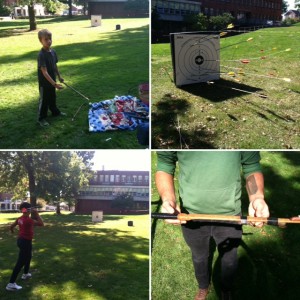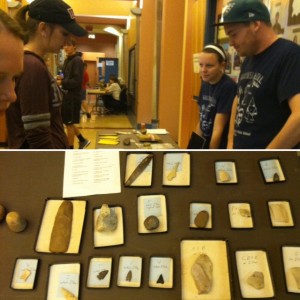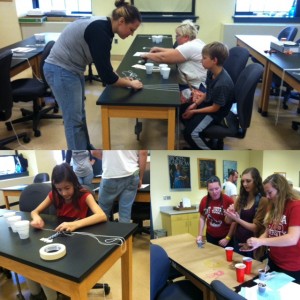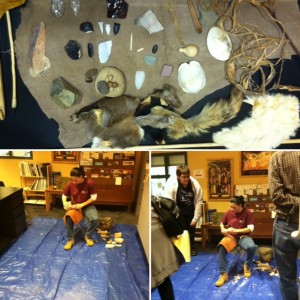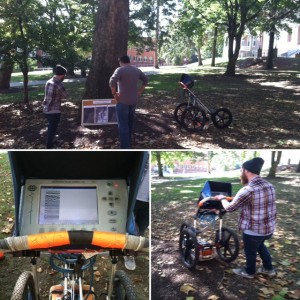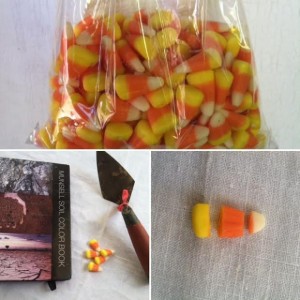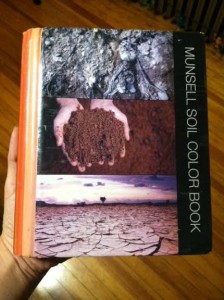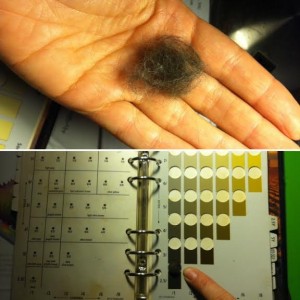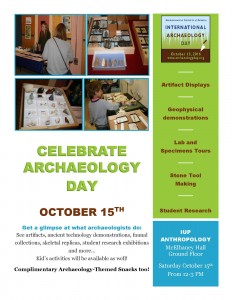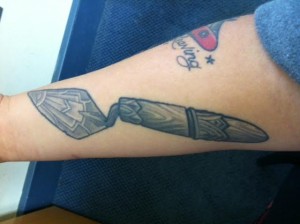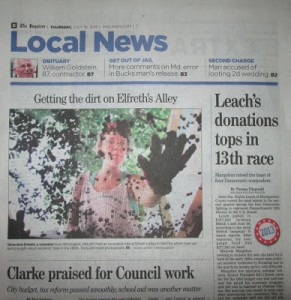By: Genevieve Everett
This past weekend in the midst of midterms and homecoming we held our International Archaeology Day event for the public. It was a beautiful, unseasonably warm fall day. Campus was abuzz with students and alumni headed to the game, and along the way they had a chance throw darts/spears with an atlatl, “a tool that uses leverage to achieve greater velocity in dart-throwing, and includes a bearing surface which allows the user to store energy during the throw”. It’s basically like throwing darts at the bar on steroids (kind of, sort of). It’s really fun, and gives you a perspective on the concentration and precision that must have gone into the use of this tool by early humans. Did I mention that it’s REALLY fun!?
After a vigorous workout of throwing darts you could head into McElhaney Hall on the ground floor where undergraduate and graduate students were set up to teach you about everything from micro-artifacts to what a flotation/wet lab is. I won’t bore you with a description of everything, instead I will share photos of the days events, because that’s much more exciting! Before I do that, I hope that everyone that was able to attend had a fun and educational experience, and we look forward to seeing you next year!
Special thanks to: Susanna Haney for coming out and giving the flint knapping demo, Lori and Andy Majorsky & Margie and Frank for putting on the atlatl demo! LAST, BUT NOT LEAST: All of the students that participated in the event!!
Cited material:
https://en.wikipedia.org/wiki/Spear-thrower
